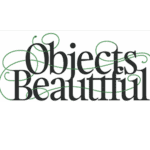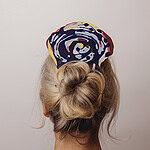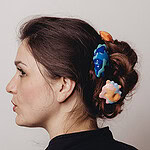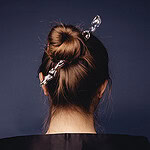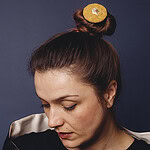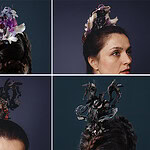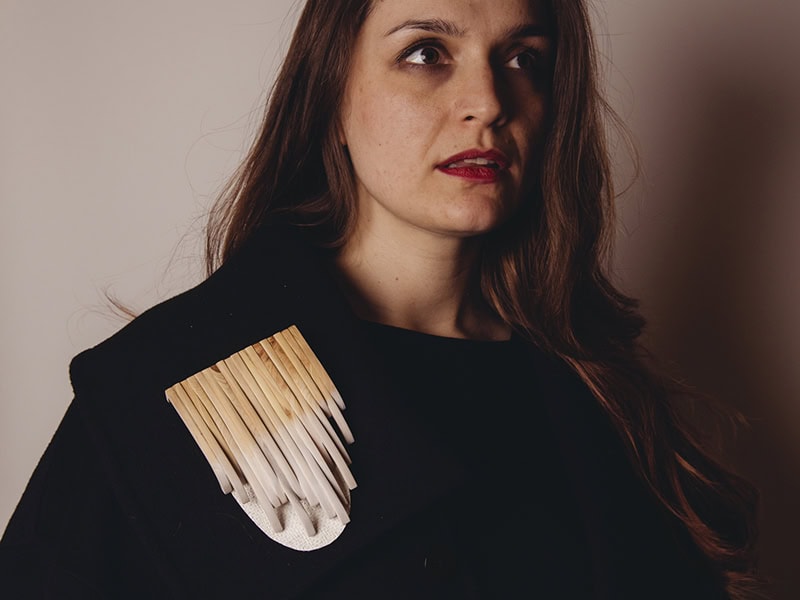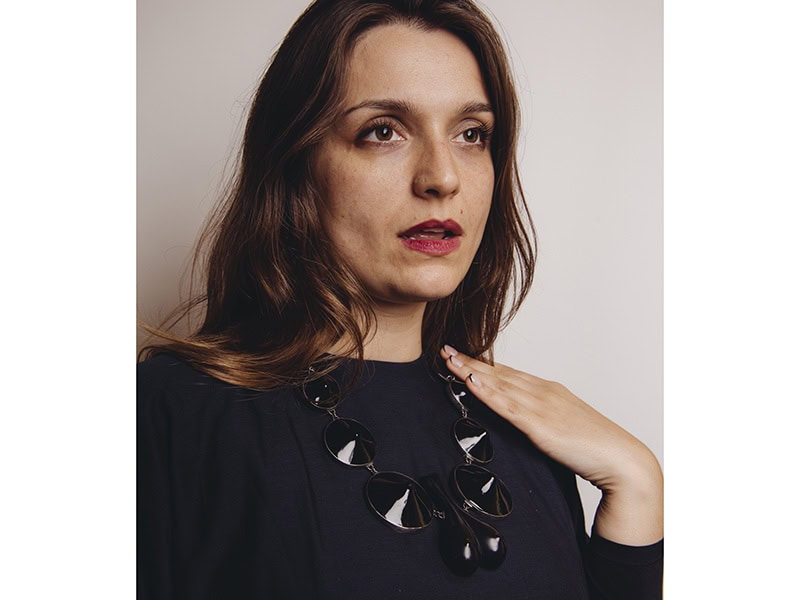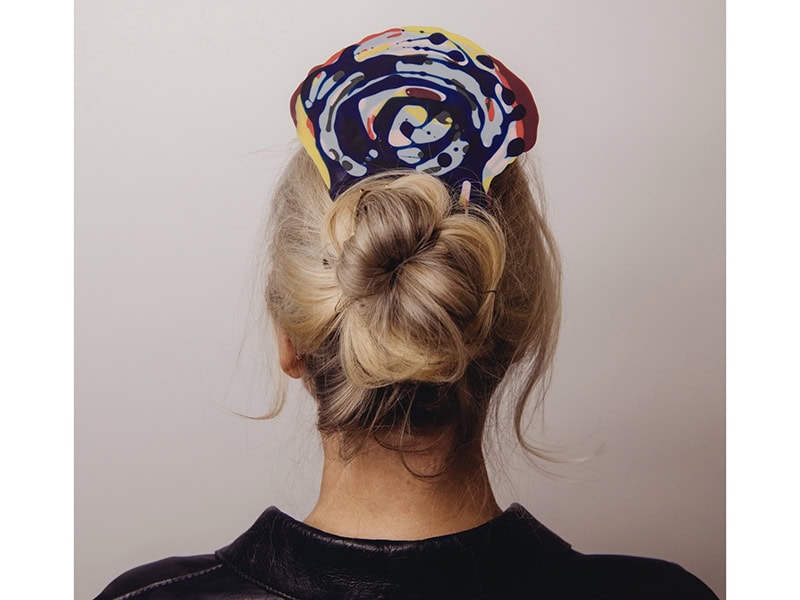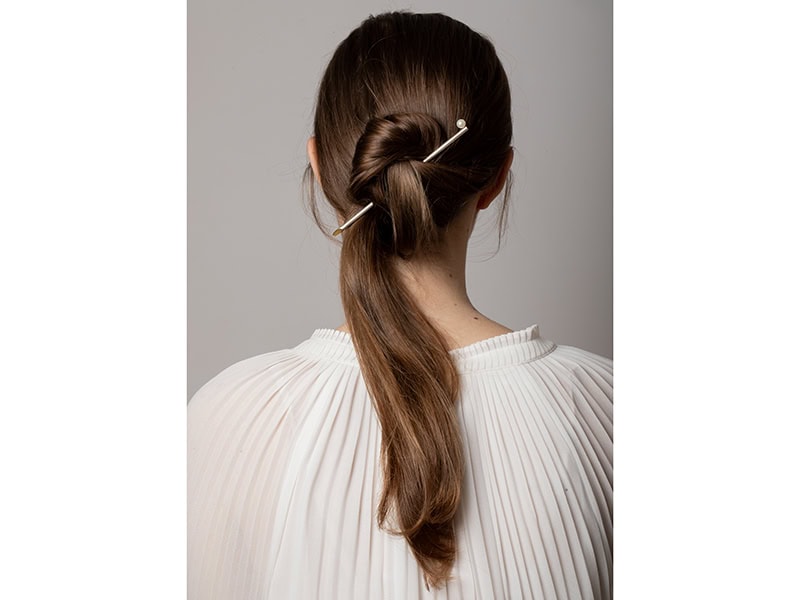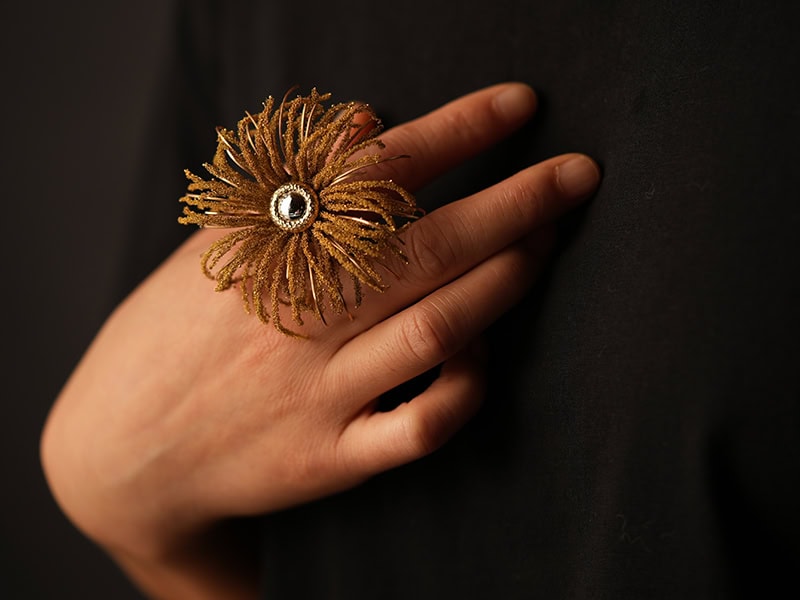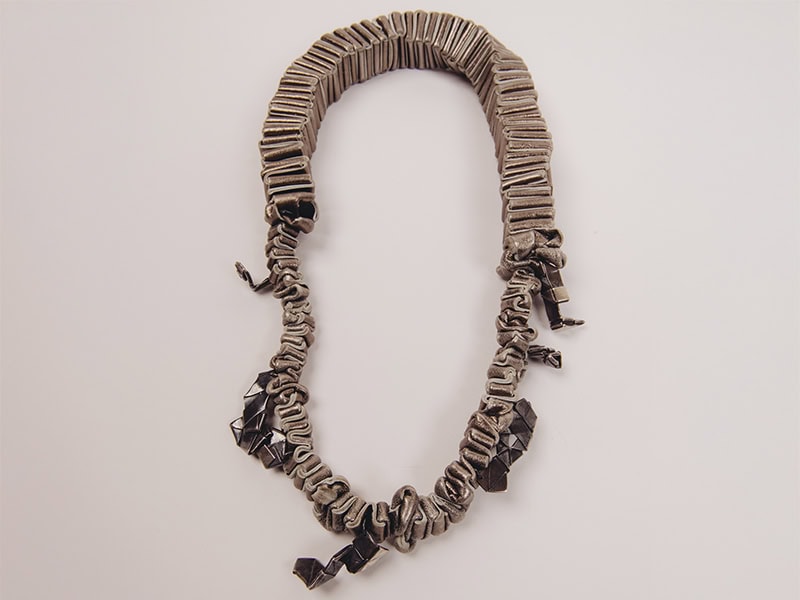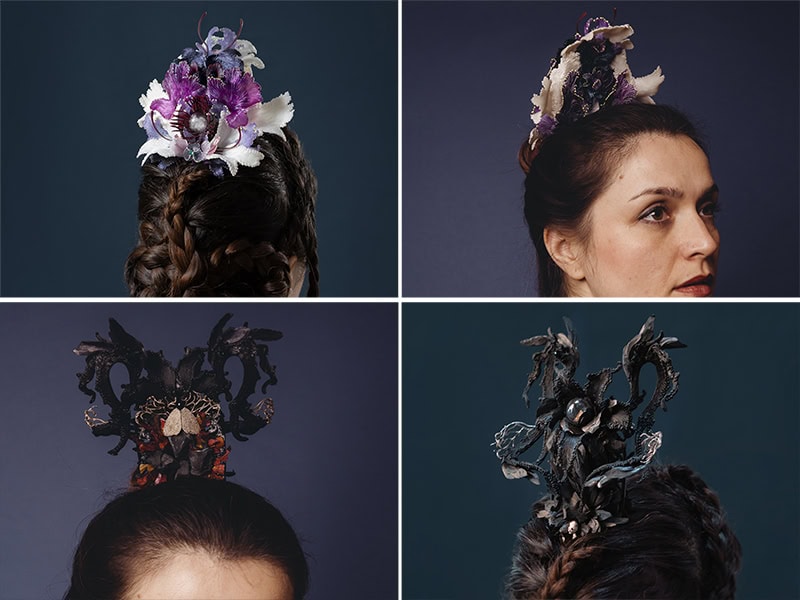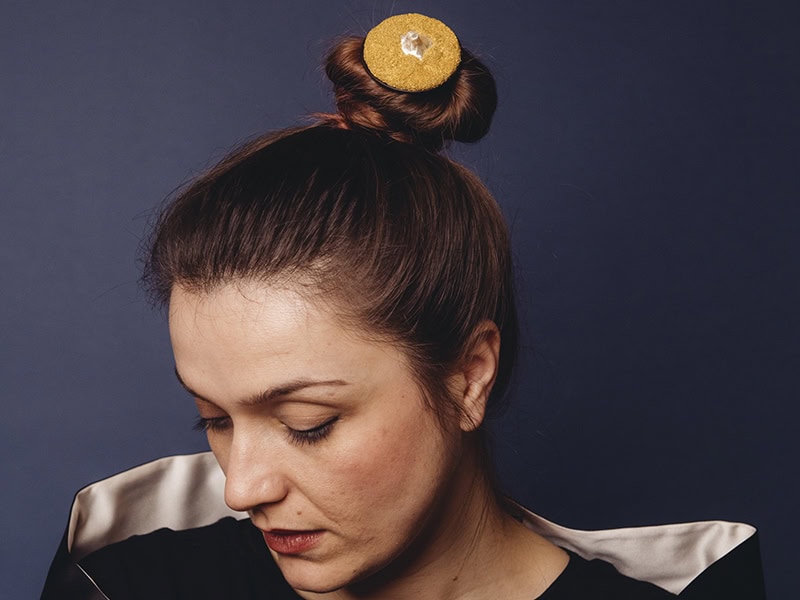Objects Beautiful primarily believes in the significance of beauty in art, and takes delight in exhibiting new forms of it—being profound, elegant, and enigmatic, to mention few of its characteristics. Arriving at beauty requires true artistic talent across all media, hence we do not draw a line between art and craft in contemporary work. That traditional separation has no logic anymore.
Yael Reisner, the gallery’s founder, director, and curator, is an architect by training, and since 2010 an experienced campaigner for beauty. She believes that beauty is not a singular idea, its plurality prevails, while the diversity reflects on the complexities of contemporary experiences.
Objects Beautiful gallery is based in London, UK, and has no permanent address yet. It participates in big fairs, initiates pop-up exhibitions and sales, and very soon will have its own active e-Shop.
In January 2025 a new jewellery collection at Objects Beautiful called Rocks & Locks was ready – dedicated to hair-scaping – and a result of a fantastic response by 34 jewellers to Reisner’s brief given five months earlier. Rocks & Locks was exhibited firstly in London in February at Collet 25, in Somerset House, followed by Schmuck 25, at Frame, in Munich.
Hair jewellery was widespread in the ancient world from Egypt and Assyria to Rome, Greece, Sweden, China, India, or, Japan, and more. For example, a range of hair ornaments were found in Egypt in burials including combs, hairpins, mirrors, and other hair pieces. The fact that all those were found amongst tomb goods indicate how hair and hairstyling were important ever since ancient times.
Moreover, interestingly, for Chinese, as English, French, and other cultures, hair decorations symbolised a promise of love. In China, for example, when lovers were forced to break apart, they would often break a hairpin in half, and each would keep half of the hairpin until they were reunited – hairpin was a form of love token.
Through the 20th century, it seems there was very little interest amongst artist-jewellers in either creating beauties, or, ornamenting hair. Historically, it could be due to the democratization process of political systems, when tiaras became associated with monarchy, and aristocracy, or, attributed to the endless options of commercial hair accessories for all, with efficient and practical solutions, satisfying and popular, while mostly made of hygienically clean, early on using stainless-steel, and then plastic.
A design, prevalent on a global industrial scale through the 2nd half of the 20th century, and ever since, in parallel with the popular phrase Form Follow Function, that captured what was perceived objective task, while the concept of beauty, not only slandered, but, a tabu, and the word was emptied of its meaning- characterised by being profound, elegant and enigmatic to mention few.
Fascinatingly, the experiences of romantic love and that of beauty, two most enigmatic concepts and feelings, were often, tied together through history. Hence, it should not surprise us that according to research experiments done in 2011 by Professor Semir Zeki – a world expert of the neural correlate of the experiences of beauty and Romantic love, at UCL Wellcome Laboratory of Neurobiology – it was found that the same part of the emotional brain, is stimulated by romantic love, (when we fall in love), as well as triggered when we stare at things we consider beautiful – in nature, or, at art. Zeki found that there is increased activity in the pleasure reward centre of the brain. A great deal of dopamine in this area, also known as the ‘feel-good’ transmitter, and the “The reaction is immediate.” Same happens when we experience romantic love.
Hair-scape is associated with romance, and sexuality, just as much as one’s neck or ears, yet, it turned a forgotten site by jewellers for almost 100 years… We are delighted that our Rocks & Locks collection brought back hair jewellery to its enchanting existence, some celebratory, some for a daily beauty experience, and some for noting romance.
